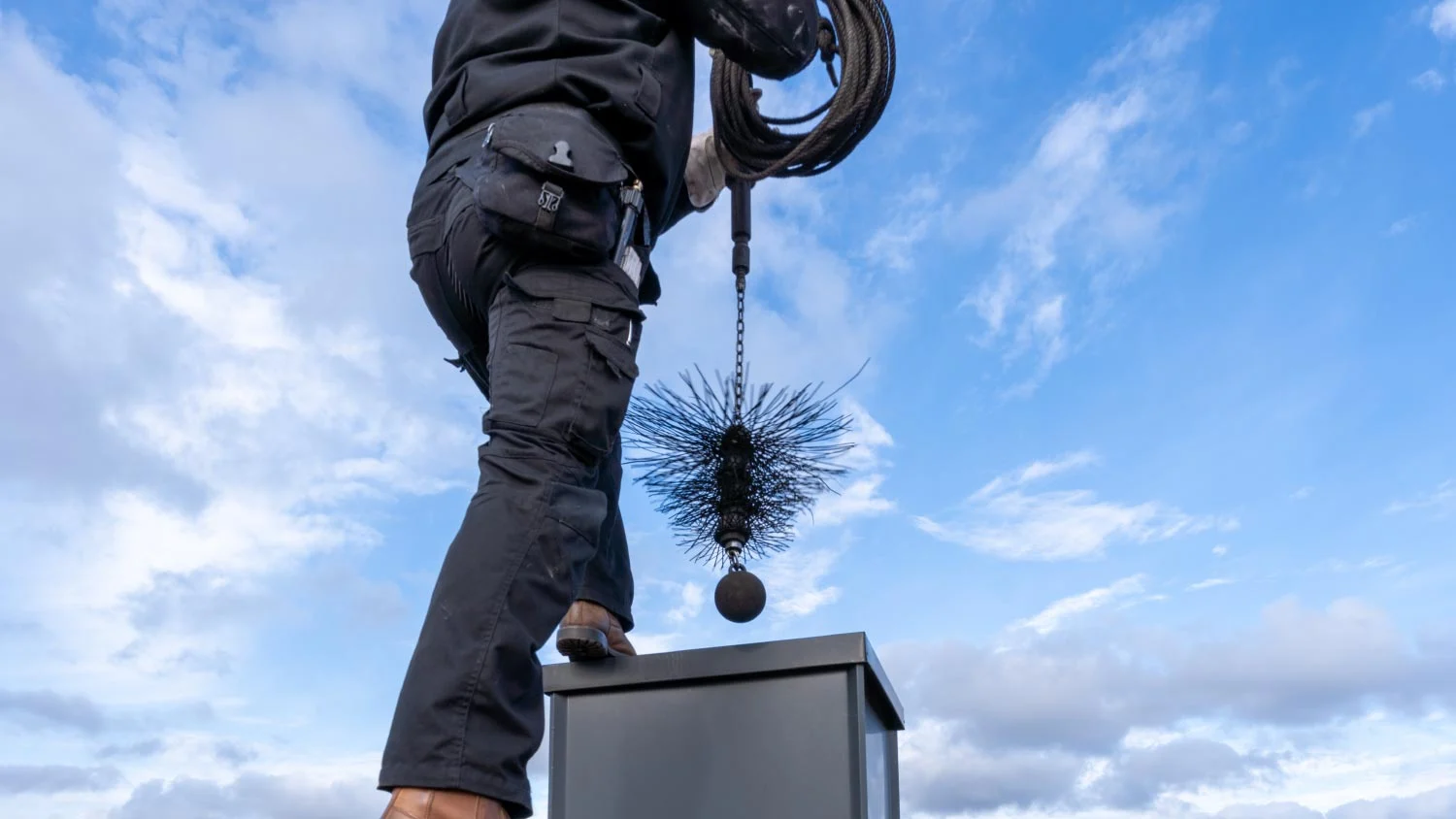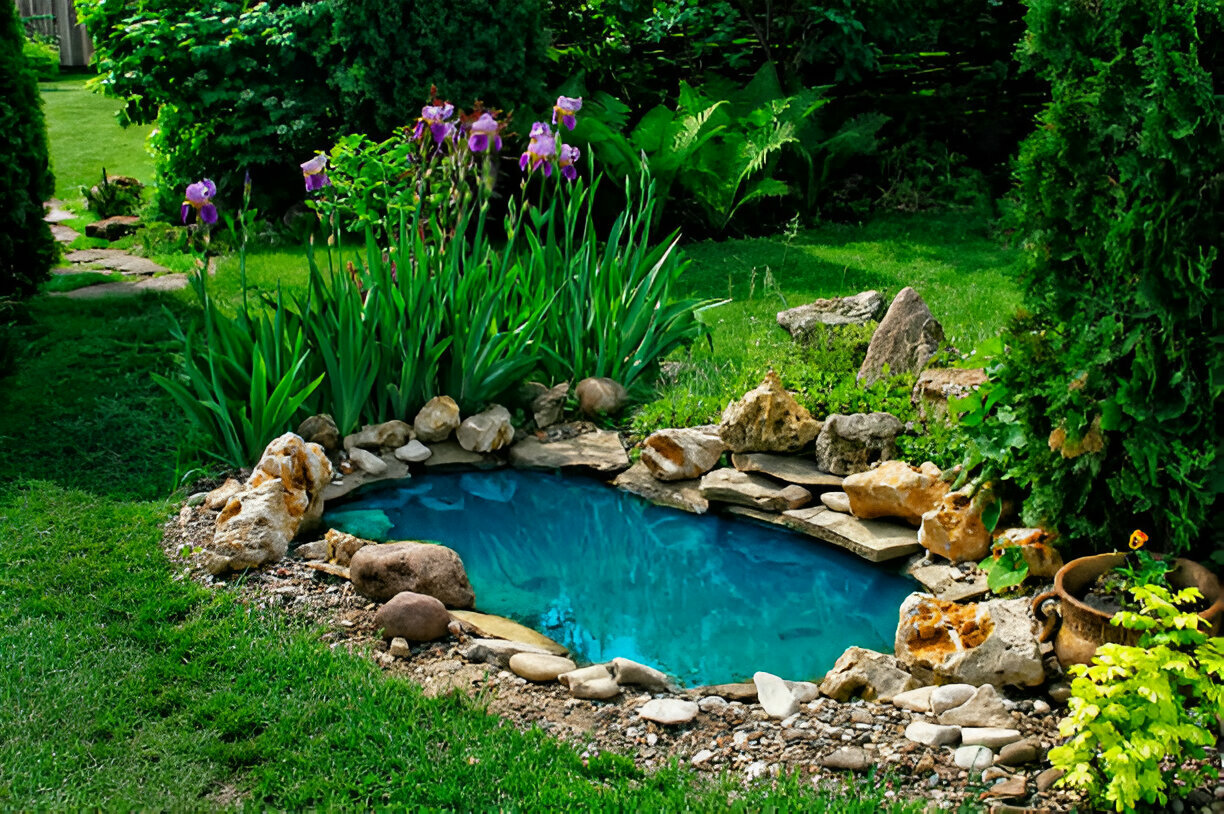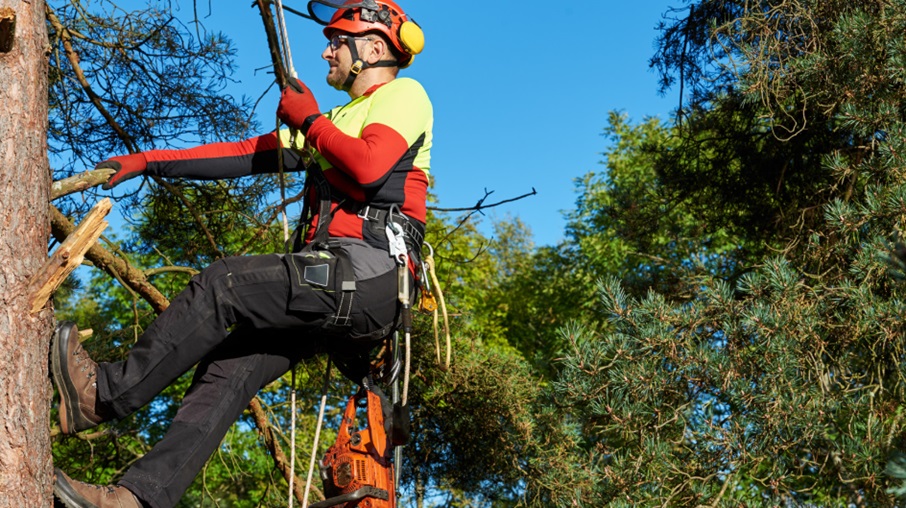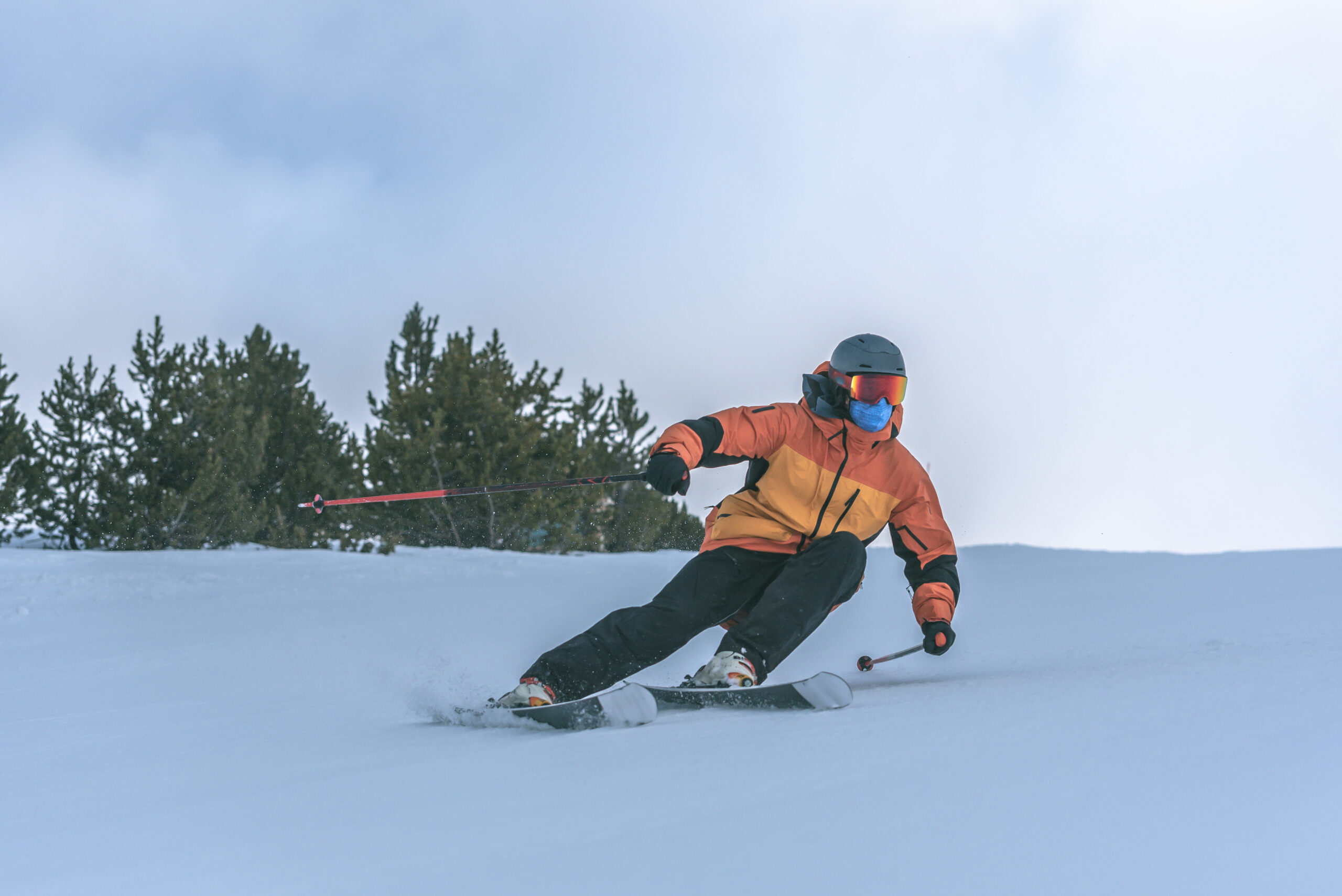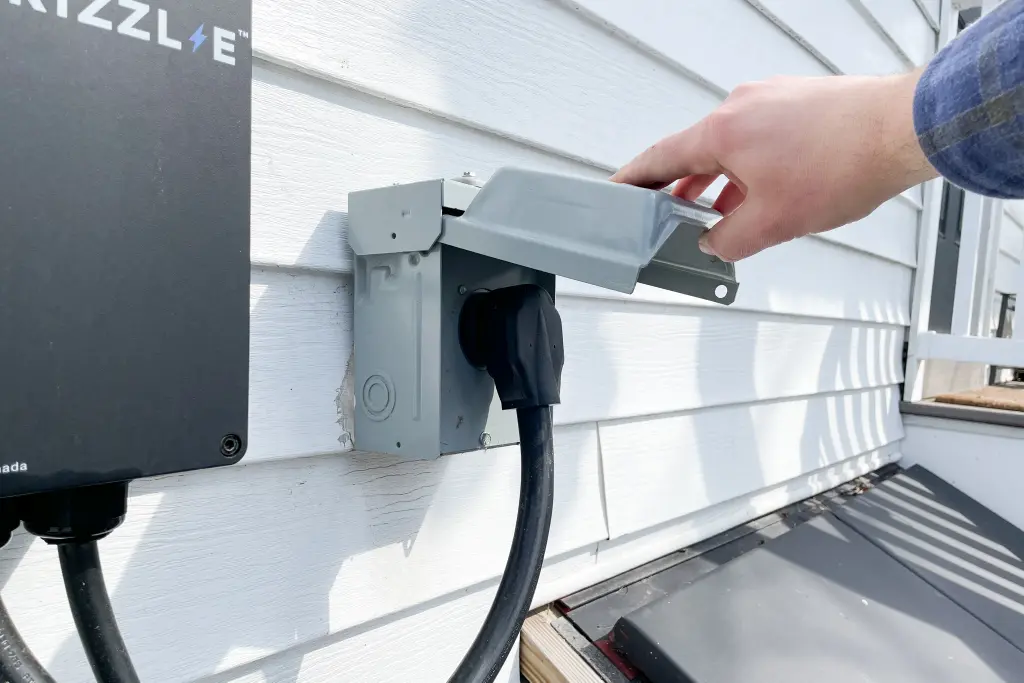Tips for Spreading Pine Straw Evenly in Your Yard
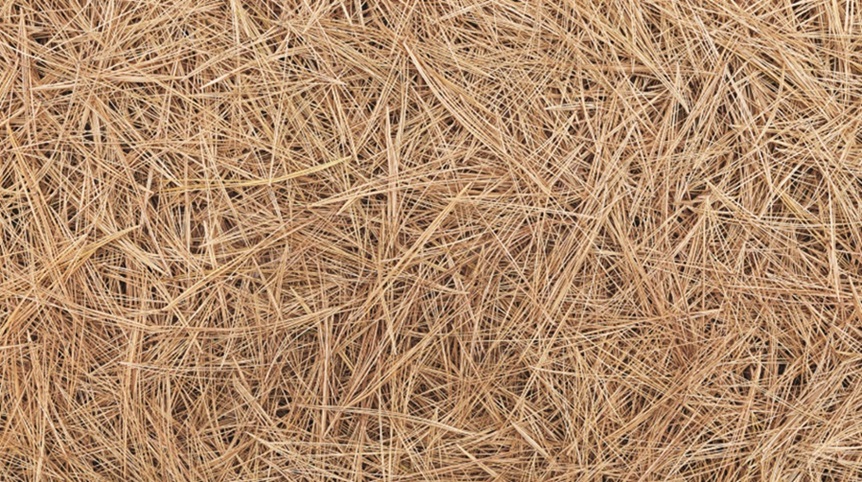
Pine straw is a popular and effective ground cover used in landscaping due to its natural appearance, affordability, and ability to retain moisture. Whether you’re refreshing flower beds or defining walkways, ensuring even coverage makes a big difference in both appearance and functionality. For homeowners and landscapers working with pine straw in Cumming, mastering a few best practices will lead to a cleaner, healthier, and more professional-looking yard.
Let’s explore some practical tips for spreading pine straw evenly and why proper layering is essential for maximizing the benefits of this versatile material.
Prep the Ground Before You Start
Before applying any new pine straw, it’s important to start with a clean base. Remove fallen leaves, sticks, weeds, or debris from the area. This creates a smooth, even surface and prevents materials from interfering with the consistency of your coverage.
One of the most crucial steps often overlooked is removing old layers of pine straw before applying fresh material. Accumulated layers can compact over time, limiting airflow and causing mold or root suffocation beneath the surface. Clearing out old straw ensures new layers settle properly and allows your plants to benefit from fresh nutrients and improved water flow.
Once the space is prepped, use a rake to lightly loosen the soil, especially in areas where straw has compacted. This not only allows the pine straw to sit more evenly but also promotes better root aeration and moisture retention.
Apply in Small, Manageable Sections
The key to an even spread is control. Instead of dumping large piles and trying to spread them across wide spaces, work in smaller sections. This helps distribute the straw uniformly and avoids clumps that are too thick in one area and too sparse in another.
Using your hands or a pitchfork, lightly toss the straw into the air and let it fall naturally onto the surface. Then, gently spread and pat it down using a rake or gloved hands to create a uniform layer. Aim for a consistent depth of about 2–3 inches thick enough to suppress weeds and retain moisture but thin enough to allow proper airflow.
Focus on tapering the edges near sidewalks, driveways, and plant bases. This gives your landscape clean lines while preventing buildup that could attract pests or retain too much moisture around stems.
Promote Long-Term Health and Fertility
Pine straw doesn’t just serve a visual function; it benefits the soil over time. As it breaks down, it adds organic matter that helps retain moisture and regulate temperature. These qualities are particularly valuable in areas with shifting weather patterns or inconsistent rainfall.
Experts often recommend using pine straw for soil fertility, especially around trees, shrubs, and perennials. Its gradual decomposition improves soil structure while supporting healthier plant growth. With the right application techniques, you can take advantage of both its aesthetic appeal and natural enrichment properties.
Conclusion
Spreading pine straw evenly requires more than just tossing it on the ground it takes preparation, technique, and care. From pine straw deliveries to strategic layering practices, every step contributes to a healthier, better-looking yard. By clearing old layers, applying manageable amounts, and maintaining consistent depth, you’ll enjoy not only a neater appearance but also longer-lasting soil benefits throughout the seasons.


